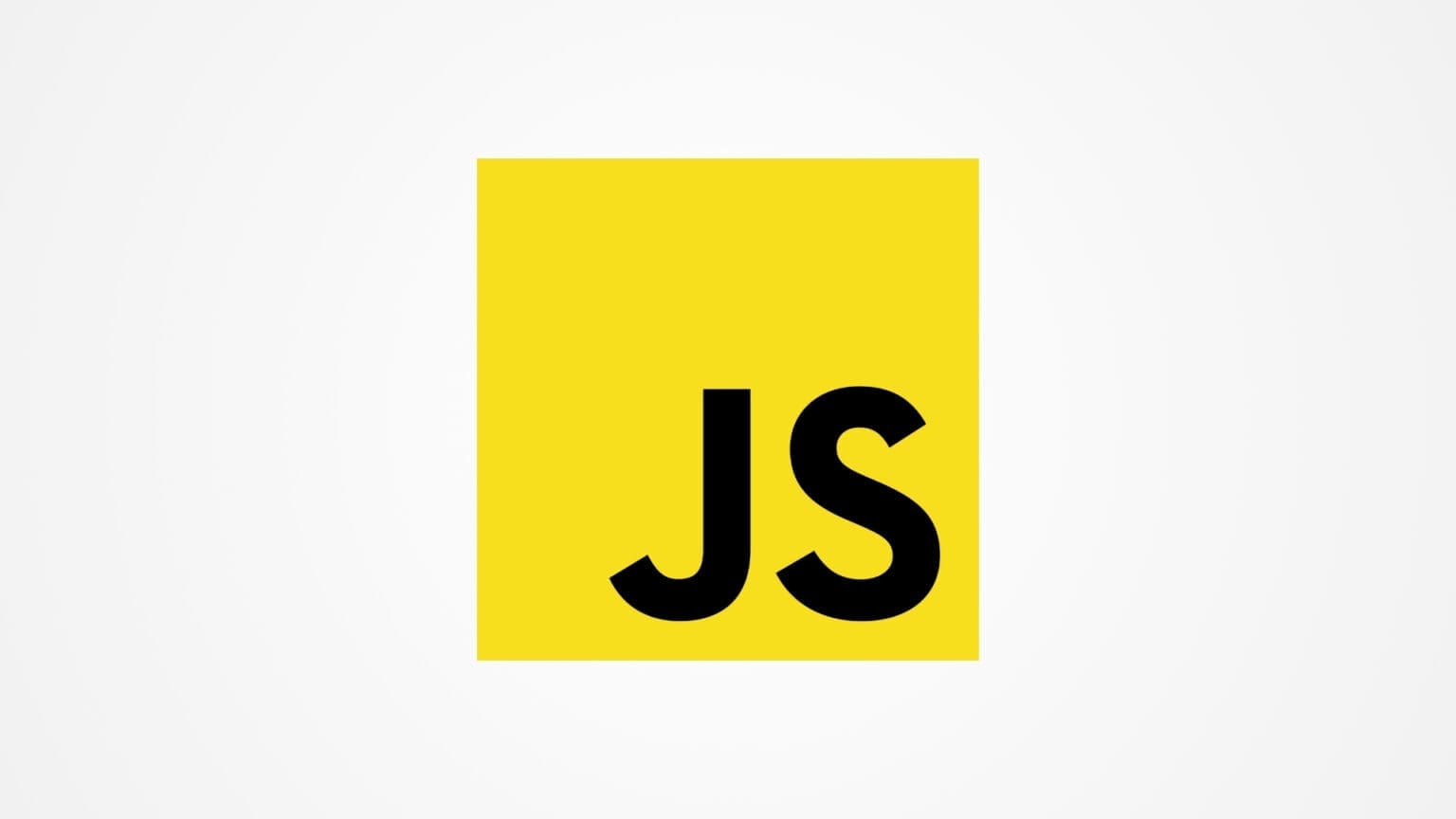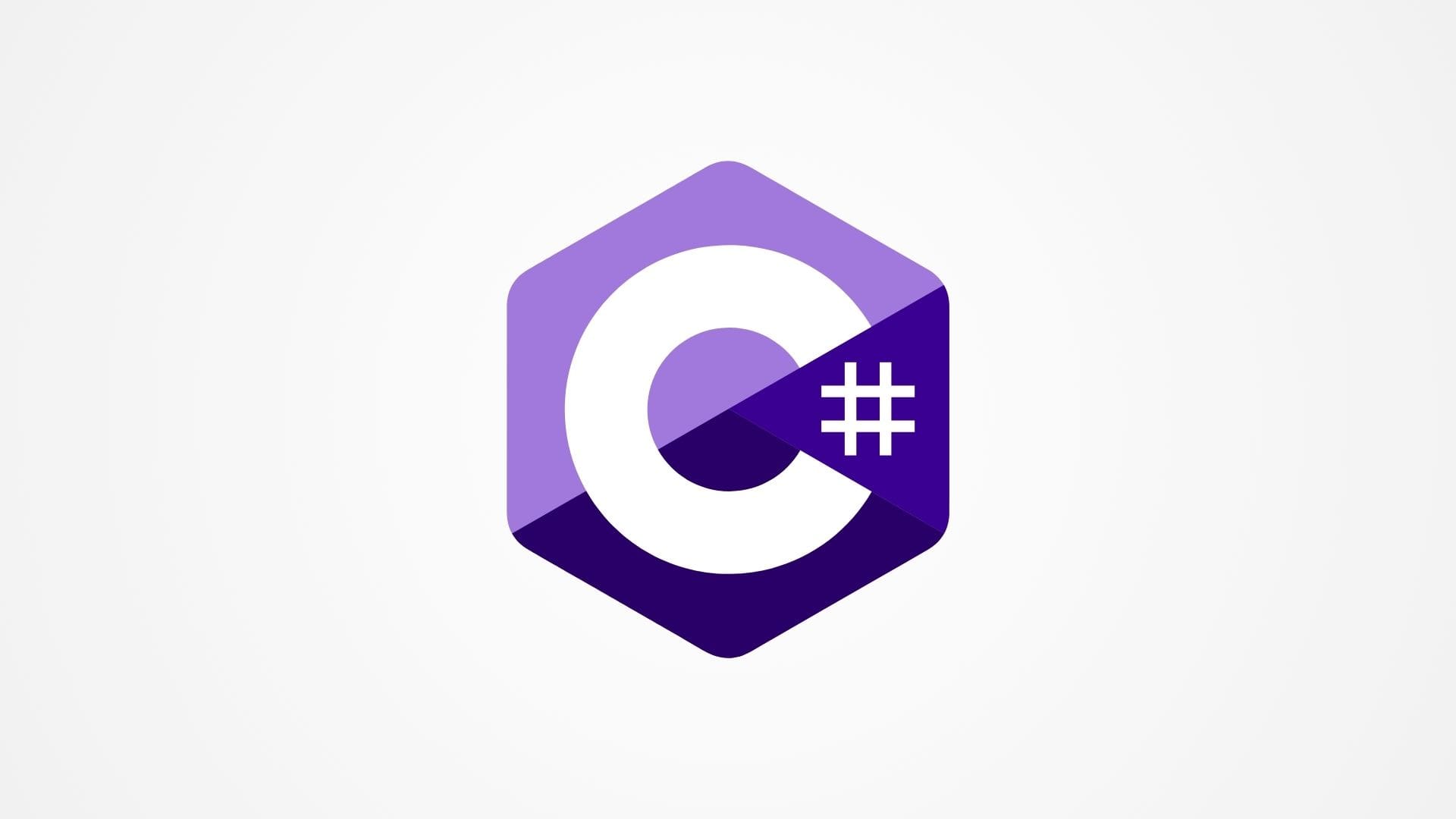JavaScript is one of the most widely used programming languages today, and for good reason. It is the backbone of interactive and dynamic content on the web, making websites more engaging and user-friendly. Whether you’re filling out a form, watching a video, or interacting with a website’s buttons and menus, JavaScript is likely at play. Despite its relatively simple syntax, JavaScript holds immense power in modern web development, being supported by all major web browsers. Understanding its basics and fundamentals is essential for anyone aiming to pursue a career in web development or improve their technical skills.
JavaScript, initially introduced in 1995, has grown far beyond its original purpose of enhancing simple webpage interactions. Its evolution has led to the creation of entire frameworks and libraries, such as React, Angular, and Vue.js, which help developers build complex, large-scale applications with ease. Furthermore, JavaScript isn’t limited to just client-side applications. Thanks to Node.js, JavaScript has expanded its reach into server-side development, offering full-stack capabilities.
But before diving into the intricacies of frameworks and advanced use cases, it’s critical to master the basics of JavaScript. Learning JavaScript fundamentals equips you with the tools to handle the language’s core principles and structure your code properly. In this article, we will explore the core concepts, syntax, and basic features of JavaScript, providing you with a foundation for deeper understanding and practical applications.
What is JavaScript?
JavaScript is a high-level, interpreted programming language. Unlike lower-level languages, such as C or Assembly, which need to be compiled into machine code, JavaScript is executed directly in the web browser. This feature makes it an ideal language for beginners because you can immediately see the results of your code by running it in the browser.
JavaScript is also dynamically typed, meaning that you don’t need to declare a variable’s type explicitly. This flexibility allows for faster development but also demands a certain level of discipline from developers to prevent bugs and errors in larger codebases.
Another defining feature of JavaScript is its object-oriented nature. While it isn’t purely object-oriented like Java or C++, it supports object-oriented programming principles, which means you can create objects to model real-world entities. These objects can hold data (in the form of properties) and behaviors (in the form of methods). Additionally, JavaScript has functional programming aspects, allowing functions to be treated as first-class citizens. This enables powerful techniques like passing functions as arguments or returning them from other functions.
JavaScript in Web Development
When it comes to web development, JavaScript’s role is critical. HTML provides the structure for a webpage, CSS handles its presentation, and JavaScript brings it to life. You can think of a website as a car: HTML forms the frame, CSS provides the paint and design, and JavaScript is the engine that makes everything run.
JavaScript enables you to manipulate the Document Object Model (DOM), which is a programming interface for web documents. The DOM represents the structure of a webpage as a tree of objects, and JavaScript allows you to access and modify these objects. For example, you can change the text inside a paragraph, hide elements, or dynamically update the content based on user interactions.
Example: Changing Text with JavaScript
<!DOCTYPE html>
<html>
<body>
<p id="demo">This is a paragraph.</p>
<button onclick="changeText()">Click Me</button>
<script>
function changeText() {
document.getElementById("demo").innerHTML = "Text has been changed!";
}
</script>
</body>
</html>In the above example, a basic HTML structure is combined with a simple JavaScript function to change the text within a paragraph element when a button is clicked. This showcases how easily JavaScript can interact with the DOM to enhance user experience.
Syntax and Basic Constructs
JavaScript’s syntax is relatively simple compared to other programming languages, making it accessible for beginners. However, to write effective JavaScript code, it’s important to understand its core constructs, such as variables, data types, functions, and control flow structures.
Variables
Variables in JavaScript are containers for storing data values. In earlier versions of JavaScript, var was the primary way to declare variables, but modern JavaScript (ES6 and beyond) introduces two new ways: let and const. These new keywords offer more control and clarity, especially when managing the scope of variables.
var: Declares a variable that is function-scoped or globally scoped.let: Declares a block-scoped variable, which is a more preferred method in modern JavaScript.const: Declares a constant variable that cannot be reassigned after its initial value is set.
var a = 10;
let b = 20;
const c = 30;Data Types
JavaScript supports several data types, including:
- Numbers: Numeric data, whether integers or floating-point values (e.g.,
42,3.14). - Strings: Textual data enclosed in single or double quotes (e.g.,
'Hello World'or"JavaScript"). - Booleans: Logical values representing
trueorfalse. - Arrays: Ordered collections of values (e.g.,
[1, 2, 3]). - Objects: Collections of key-value pairs (e.g.,
{ name: 'John', age: 25 }). - Undefined: A variable that has been declared but has not yet been assigned a value.
let number = 10;
let text = "JavaScript is awesome!";
let isLearning = true;
let items = [1, 2, 3];
let person = { name: "Alice", age: 28 };Functions
Functions are reusable blocks of code that perform a specific task. JavaScript functions are versatile and can be defined in different ways, such as function declarations or function expressions.
- Function Declaration: This is the most basic way to define a function.
function greet() {
console.log("Hello, World!");
}- Function Expression: Here, the function is assigned to a variable.
let greet = function() {
console.log("Hello, World!");
};- Arrow Functions: Introduced in ES6, arrow functions offer a more concise syntax.
let greet = () => {
console.log("Hello, World!");
};Control Flow and Loops in JavaScript
Once you’ve grasped the basics of JavaScript variables, data types, and functions, the next step is to understand how to control the flow of your code. Control flow structures allow your program to make decisions, repeat certain actions, and handle different scenarios dynamically. JavaScript provides several control flow structures, such as conditionals (if, else if, and else), and loops (for, while, and do...while) to execute code multiple times under certain conditions.
Conditional Statements
Conditional statements are fundamental in programming as they allow your program to perform different actions based on different conditions. In JavaScript, the most common conditional structure is the if statement, which is often accompanied by else if and else to handle additional cases.
let temperature = 30;
if (temperature > 35) {
console.log("It's really hot!");
} else if (temperature > 25) {
console.log("It's warm outside.");
} else {
console.log("It's cool or cold.");
}In the example above, the program checks the value of the temperature variable. Depending on the result, it outputs a corresponding message to the console. This is a simple but powerful tool for controlling the flow of your application based on dynamic input or environmental factors.
The switch Statement
When you have multiple conditions to check that are based on a single value, you can use the switch statement as an alternative to writing several if...else if conditions. This is especially useful for scenarios where you have a fixed set of possible values.
let day = "Monday";
switch (day) {
case "Monday":
console.log("It's Monday, start of the week.");
break;
case "Friday":
console.log("It's Friday, end of the week!");
break;
default:
console.log("It's another day of the week.");
}In this example, the switch statement evaluates the value of the day variable and runs the block of code corresponding to that day. If no cases match, the default block is executed.
Loops in JavaScript
Loops allow you to execute a block of code multiple times without having to write the same code over and over. JavaScript provides several types of loops, each suited for different scenarios. The most common loops are the for loop, while loop, and do...while loop.
The for Loop
The for loop is one of the most frequently used loops in JavaScript. It is ideal when you know in advance how many times you need to repeat a task. The for loop has three key parts: initialization, condition, and iteration.
for (let i = 0; i < 5; i++) {
console.log("Iteration number: " + i);
}In the above example, the loop starts with i = 0, checks if i < 5, and increments i by 1 after each iteration. The loop will continue until the condition (i < 5) becomes false.
The while Loop
The while loop is used when you want to repeat a block of code as long as a certain condition is true. Unlike the for loop, the while loop doesn’t necessarily run a fixed number of times—it continues until its condition evaluates to false.
let i = 0;
while (i < 5) {
console.log("Iteration number: " + i);
i++;
}Here, the loop keeps running while i is less than 5, and the value of i increases with each iteration. The while loop is more flexible but requires careful handling to avoid infinite loops, which occur when the condition never becomes false.
The do...while Loop
The do...while loop is similar to the while loop, with one key difference: the block of code inside the loop is executed at least once, even if the condition is false. This is because the condition is checked after the code block runs.
let i = 0;
do {
console.log("Iteration number: " + i);
i++;
} while (i < 5);In this example, the do...while loop works just like the while loop, except that the code block is guaranteed to run at least once, even if i is initially 5 or greater.
JavaScript Arrays and Their Methods
Arrays are a fundamental part of JavaScript, allowing developers to store multiple values in a single variable. They are highly versatile and come with several built-in methods that make them powerful tools for managing collections of data.
Defining and Accessing Arrays
You can define an array using square brackets and separate the elements with commas:
let fruits = ["apple", "banana", "orange"];
console.log(fruits[0]); // Outputs "apple"
console.log(fruits.length); // Outputs 3In this example, the array fruits contains three elements. You can access individual elements by using their index (which starts at 0), and the length property gives you the number of items in the array.
Common Array Methods
JavaScript provides several methods to manipulate arrays efficiently. Some of the most commonly used methods include:
push(): Adds one or more elements to the end of the array.
let fruits = ["apple", "banana"];
fruits.push("orange");
console.log(fruits); // ["apple", "banana", "orange"]pop(): Removes the last element from the array and returns it.
let fruits = ["apple", "banana", "orange"];
let lastFruit = fruits.pop();
console.log(lastFruit); // "orange"
console.log(fruits); // ["apple", "banana"]shift(): Removes the first element of the array and shifts all other elements one position to the left.
let fruits = ["apple", "banana", "orange"];
let firstFruit = fruits.shift();
console.log(firstFruit); // "apple"
console.log(fruits); // ["banana", "orange"]unshift(): Adds one or more elements to the beginning of the array.
let fruits = ["banana", "orange"];
fruits.unshift("apple");
console.log(fruits); // ["apple", "banana", "orange"]forEach(): Executes a provided function once for each array element.
let fruits = ["apple", "banana", "orange"];
fruits.forEach(function(fruit) {
console.log(fruit);
});Multidimensional Arrays
JavaScript also allows the creation of arrays within arrays, known as multidimensional arrays. These are particularly useful when dealing with more complex data structures like matrices or grids.
let matrix = [
[1, 2, 3],
[4, 5, 6],
[7, 8, 9]
];
console.log(matrix[0][1]); // Outputs 2In this example, matrix is a two-dimensional array, and the value at the first row and second column (index 0, 1) is 2.
JavaScript Objects and JSON
Another fundamental data structure in JavaScript is the object. Objects allow you to store data in key-value pairs, making it easy to represent more complex entities. For example, a person’s information—name, age, and address—can be stored in an object.
let person = {
name: "John",
age: 30,
city: "New York"
};
console.log(person.name); // Outputs "John"
console.log(person["age"]); // Outputs 30In the example above, the object person has three properties: name, age, and city. You can access these properties using either dot notation (person.name) or bracket notation (person["age"]).
JSON (JavaScript Object Notation)
JavaScript Object Notation (JSON) is a lightweight data-interchange format that’s easy for both humans and machines to read and write. It is often used for transmitting data between a server and a web application. JSON looks very similar to JavaScript objects but is purely data-focused.
Here’s an example of JSON data:
{
"name": "Alice",
"age": 25,
"skills": ["JavaScript", "HTML", "CSS"]
}JavaScript has built-in methods to work with JSON data:
JSON.stringify(): Converts a JavaScript object into a JSON string.JSON.parse(): Converts a JSON string into a JavaScript object.
let person = {
name: "Alice",
age: 25
};
let jsonString = JSON.stringify(person);
console.log(jsonString); // Outputs '{"name":"Alice","age":25}'
let parsedObject = JSON.parse(jsonString);
console.log(parsedObject.name); // Outputs "Alice"JavaScript Events and Event Handling
One of JavaScript’s most powerful features is its ability to handle events. Events are actions or occurrences that happen in the browser, such as a user clicking a button, typing into a form, or the page finishing loading. JavaScript allows developers to capture these events and execute code in response, making web pages interactive and responsive to user input.
Understanding Events
JavaScript provides an extensive event model that allows you to react to various user actions and system-generated events. Some common events include:
- Click Events: Triggered when a user clicks on an element, such as a button or a link.
- Key Events: Triggered when a user presses a key on the keyboard.
- Mouse Events: Triggered by mouse actions, such as moving the mouse or clicking a button.
- Load Events: Triggered when a webpage or an image finishes loading.
For instance, if you wanted to perform an action when a button is clicked, you can use the click event:
<!DOCTYPE html>
<html>
<body>
<button id="myButton">Click me</button>
<script>
document.getElementById("myButton").addEventListener("click", function() {
alert("Button was clicked!");
});
</script>
</body>
</html>In the above example, an event listener is attached to the button. When the button is clicked, the function inside addEventListener() is executed, displaying an alert box with a message.
Event Listeners
The addEventListener() method is the most flexible way to handle events in modern JavaScript. It allows you to add multiple event handlers to a single element without overwriting existing handlers, which was a limitation with older methods like onclick.
Here’s a breakdown of how addEventListener() works:
- First argument: The type of event to listen for (e.g.,
'click','mouseover','keydown'). - Second argument: The function to execute when the event is triggered.
document.getElementById("myButton").addEventListener("click", function() {
console.log("Button clicked");
});You can also remove an event listener using the removeEventListener() method if needed.
function handleClick() {
console.log("Button clicked");
}
document.getElementById("myButton").addEventListener("click", handleClick);
document.getElementById("myButton").removeEventListener("click", handleClick);Event Object
When an event is triggered, an event object is automatically passed to the event handler function. This object contains important information about the event, such as which element was clicked or what key was pressed. The event object can be accessed inside the event handler function.
document.addEventListener("click", function(event) {
console.log("You clicked on: " + event.target.tagName);
});In this example, every time you click anywhere on the page, the element you clicked on is logged to the console using event.target.tagName.
JavaScript Closures
Closures are an advanced JavaScript concept but one that is extremely powerful. A closure gives you access to an outer function’s scope from an inner function, even after the outer function has finished executing. Closures are created every time a function is created within another function.
Here’s a basic example of a closure:
function outerFunction() {
let outerVariable = "I'm outside!";
function innerFunction() {
console.log(outerVariable); // Can access outerVariable
}
return innerFunction;
}
const myClosure = outerFunction();
myClosure(); // Outputs "I'm outside!"In the above example, the inner function (innerFunction) is able to access the variable outerVariable, even though the outer function (outerFunction) has already finished executing. Closures are a critical part of many JavaScript patterns and are used extensively in callbacks and asynchronous programming.
Working with APIs and Fetching Data
In modern web development, JavaScript is commonly used to fetch data from external sources or communicate with web servers. This is typically done through APIs (Application Programming Interfaces), which allow your JavaScript code to interact with other services.
One of the most common methods for fetching data in JavaScript is the fetch() API. This built-in function allows you to make network requests and handle responses asynchronously. The fetch() function returns a promise, making it a great fit for handling asynchronous operations in a clean and readable manner.
Basic Example of Fetching Data
Here’s an example of how to fetch data from an external API using fetch():
fetch('https://jsonplaceholder.typicode.com/posts')
.then(response => response.json())
.then(data => console.log(data))
.catch(error => console.error('Error:', error));In this example, a request is made to an API that returns a list of posts. The response json() method parses the response into a JavaScript object. If there’s an error during the request, it’s caught and logged in the console using the catch() method.
Async/Await
With the introduction of ES8, JavaScript added the async and await keywords, which make working with promises more straightforward by allowing asynchronous code to be written in a synchronous style.
async function fetchData() {
try {
let response = await fetch('https://jsonplaceholder.typicode.com/posts');
let data = await response.json();
console.log(data);
} catch (error) {
console.error('Error:', error);
}
}
fetchData();Using async/await, the code becomes more readable, and you can handle asynchronous operations in a way that feels more like traditional synchronous code.
Error Handling in JavaScript
Errors are inevitable in programming, and handling them gracefully is essential to writing robust JavaScript applications. JavaScript provides try, catch, finally, and throw constructs for handling errors.
Try and Catch
The try...catch statement allows you to execute code that may throw an error, and handle that error in the catch block.
try {
let result = someUndefinedFunction(); // This will throw an error
} catch (error) {
console.log('An error occurred:', error.message);
}In this example, the catch block catches the error thrown by the undefined function, preventing the script from crashing.
Throwing Custom Errors
You can also throw custom errors using the throw statement.
function checkAge(age) {
if (age < 18) {
throw new Error("You must be 18 or older.");
}
return "Access granted.";
}
try {
let result = checkAge(16);
console.log(result);
} catch (error) {
console.log(error.message); // Outputs "You must be 18 or older."
}JavaScript in Modern Web Development
JavaScript is constantly evolving, with new features being added regularly through ECMAScript updates. Modern JavaScript development is often enhanced by the use of frameworks and libraries such as React, Angular, and Vue.js, which simplify the process of building complex user interfaces.
Additionally, tools like Node.js have expanded JavaScript beyond the browser, enabling it to be used for server-side development. With the rise of full-stack JavaScript development, developers can now use a single language for both client-side and server-side programming.
Conclusion
JavaScript is a versatile, powerful, and ever-evolving language that plays a pivotal role in modern web development. From simple DOM manipulation to handling complex asynchronous operations, JavaScript provides the tools to create dynamic, interactive websites and applications. Understanding the fundamentals—such as variables, functions, loops, and events—is essential for building a solid foundation. As you continue to explore advanced topics like closures, APIs, and error handling, your ability to build robust, user-friendly web applications will grow exponentially.
Whether you aim to build simple scripts or large-scale web applications, mastering JavaScript is a key step toward becoming a proficient web developer. The language’s flexibility, coupled with its extensive ecosystem, makes it one of the most valuable skills in the tech industry today.








